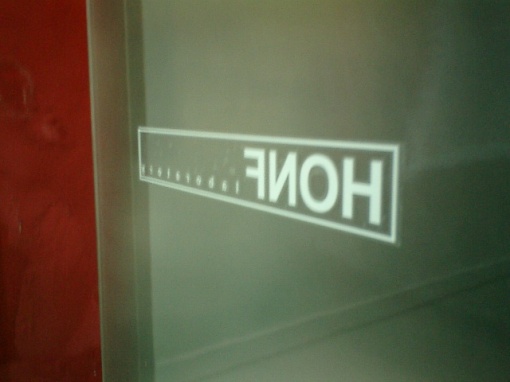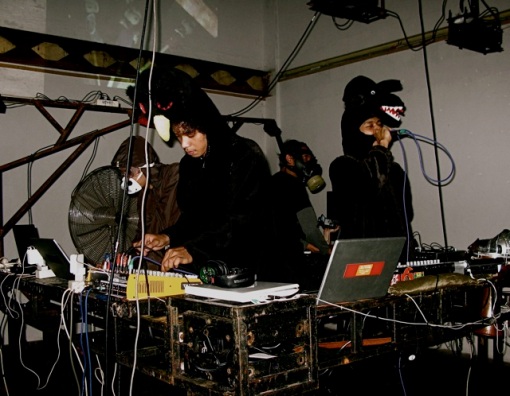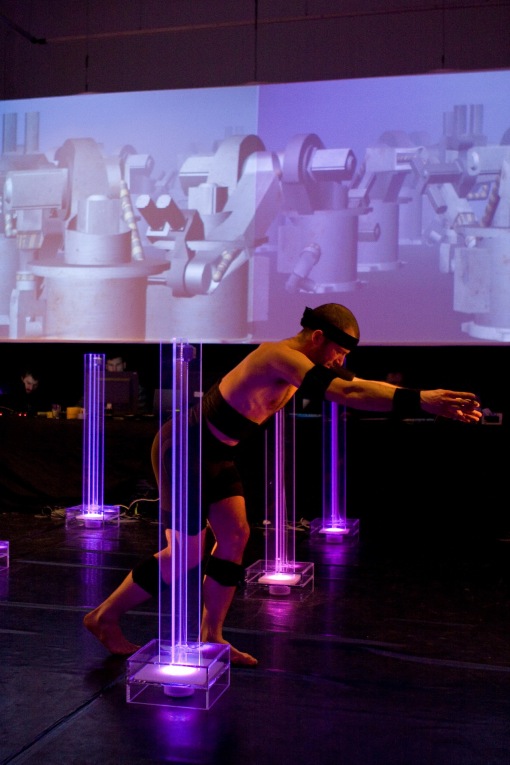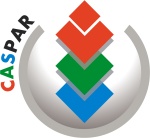Friday, April 24, 2009 @ 9 PM @ DOX
WBNR – What Burns Never Returns is a performance and research project exploring in particular the mediated relationship between the body and the urban environment. It has three main interrelated objects of research and it is developed through a creative dialogue between the relative practices: choreography, urban geography-visual art and communication technologies intertwined in an emergent disciplinary field dealing with the human body, the city and the generative code. In order to analyze these trajectories, Alessandro Carboni has started the research in Asia, were urban transformation are more visible: the region of Guangdong called “the Pearl Delta River” as Hong Kong, Guangzhou, Shenzen and also the regions of Guangxi, Sichuan, Henan,Tibet and the city of Beijing. The journey was focused on the exploration and study of the process of landscape transformation called: “high-speed urbanization” and on the most disarticulated forms of urban density. After the Chinese experience, he has involved in this project, through the creation of Platforms of research in Europe, a wide range of contributors, enriching his basic artistic and technical competencies with such figures as urban researchers, media artists and theorists and software programmers, in order to lead a both a performance production and a theoretical contribution.
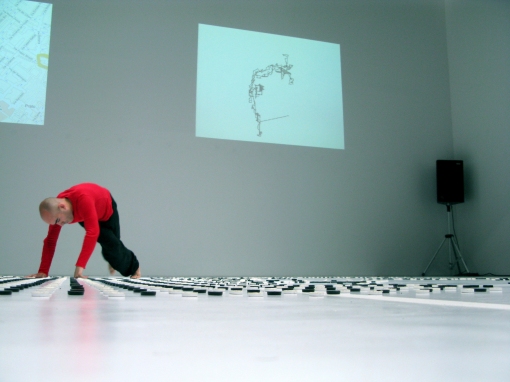
The performance presented in Prague, is a development of a performative act between a steady cognitive practice exploring specific urban environments and choreography. On the one hand, the dance oriented practice is an investigation of the human body and its gesture facing the intense, dense and over-stimulated urban environment: a practice of exploration of a performance and choreography methodology, capturing gestures, tics and idiosyncrasy of modern metropolitan life as sign of deeper pressures and thrusts influencing everyday life behavior in public. On the other hand, an inquiry on specific urban environments using spatial assessments, GPS technology, drifts, aimed at developing a context-based knowledge of the densely built environment producing the emergent character of the city of Prague.
WBNR is the second phase of a three-year research project “From quad to zero”. a large crossing media research that includes social, anthropological, mathematical, geographical issues between tradition and heterodoxy. A project concentrated on the study of an original method of choreographic composition on the basis of mathematics and systems theory that the author has developed during years 2006-2008 through different journeys and residences in India, China, Iran and Europe. Each of them represents a geographic movement of the Zero from the east to the West. Following this trajectory in the contemporary east, the travel becomes an original modality of research and creation. A moment of self verification, a moment of re-discussion of our practice in order to construct new paths, new processes of creation and choreographic ideas. Part of the project has been already developed in India in 2006 and China 2007.
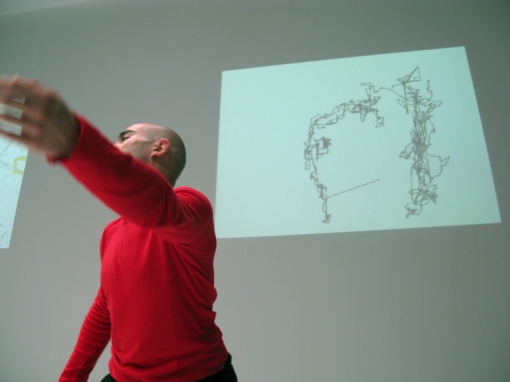
Credits: Concept, choreography and interpretation: Alessandro Carboni, Production: OOFFOURO/N.P.A Officina Ouroboros 09, Co-production: Moving_Movimento 08 – Fabbrica Europa – Ente promozione danza, (Italy); Festival Santarcangelo dei Teatri, Santarcangelo, (Italy); Giardino Chiuso / Teatro dei Leggieri, San Gimignano, (Italy); Officina Giovani / Cantieri Culturali ex Macelli, Prato, (Italy); Assessorato alla Cultura e alle Politiche Giovanili del Comune di Prato, (Italy). Support: Guangdong Modern Dance Company and Guangdong Modern Dance Festival; Riccardo Mantelli/NewbleepMediaLab; Festival Contemporanea 08 in collaboration with Guangdong Xinghai Performing Arts Group, China; XtendedLab/Master D3D _NABA – Milan (Italy); Central Saint Martin, University of Art London; LaDU, (Italy)
Alessandro Carboni is a multidisciplinary artist. He divides his practices in the exploration and the study of the body movement and the relation of it to the space. For several years, he has been working on the creation of a method for dance: VCCT, considering the relation with choreography, mathematics, generative code and system theory. Added to this, he is expanding his research coordinating the activities of “LaDU” MultimediaLABoratory of Urban Density” at the University of Architecture in Cagliari. He also teach “Methodology and Performance Practice” at the MA “Scenography for Performance”, Central Saint Martin’s in London; and “Digital Perfomance” at Master of Digital Environment Design at NABA in Milan. He performed in Europe as weel as China and India. He is choreographer and dancer with his group OOFFOURO resident in Sardinia, Italy.
Riccardo Mantelli is an Italian interactive media artist producing both public and private artworks for collectors, institutions and companies. His areas of expertise include: installations design, responsive environment and interaction design, crossmedia design, new media in architecture and public space. In his experimental activity, it manages to mix different languages and areas of expertise, from media communication to design, art and architecture, from Italian design and art tradition to new electronic aesthetics. Honored as the winner of Newstoday® Brand Promotion Contest (NYC) on 2002.

